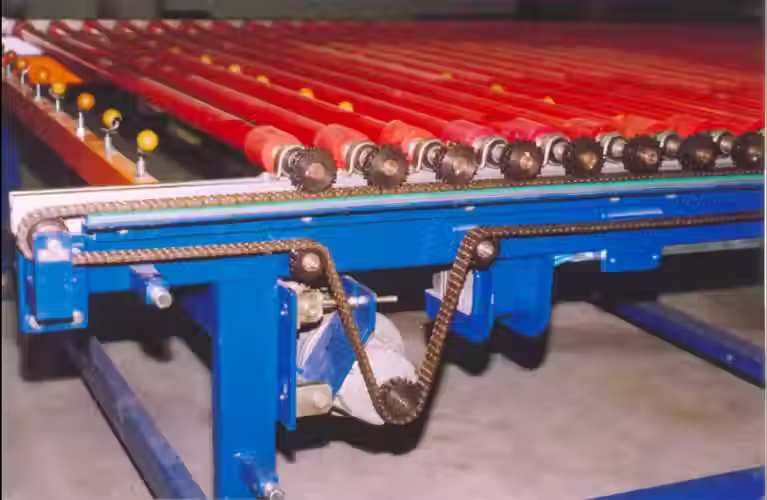Vibratory Feeder
- Jaswanth srinivas
- Oct 8, 2024
- 3 min read
Vibratory Feeder
A vibratory feeder is an electromechanical device used to transport and feed bulk materials continuously and uniformly from a storage container to a processing or production line. Vibratory feeders are widely used across industries such as food processing, pharmaceuticals, automotive, construction, and mining due to their precision, versatility, and efficiency.
Basic Working Principle
A vibratory feeder operates based on the principle of vibration. It uses mechanical vibrations to induce motion in the materials, which are placed on a tray or trough. These vibrations cause the material to move in a linear direction along the tray, enabling controlled and continuous feeding of the material. Vibrations are typically generated by an electromagnetic coil, which causes rapid oscillations that create small jumps in the material, allowing it to progress along the feeder.
The feeder consists of a base, drive unit, tray, and spring system. The drive unit generates vibrations, which are transmitted through the springs to the tray. As the tray vibrates, the material placed on it is moved forward in a smooth, controlled manner.
Key Components
Drive Unit: The drive unit is the core component responsible for generating vibrations. This is often powered by an electromagnetic system that converts electric energy into mechanical vibrations.
Tray or Trough: The tray or trough holds the material to be fed. It can be of various shapes and sizes depending on the application.
Springs: These transfer the vibrations generated by the drive unit to the tray, allowing it to oscillate.
Control Unit: Many vibratory feeders are equipped with a control unit that adjusts the frequency and amplitude of the vibrations, ensuring a consistent flow rate for different materials.
Types of Vibratory Feeders
Electromagnetic Feeders: These use an electromagnetic coil to create vibrations. The magnetic field is alternately turned on and off, causing the tray to vibrate. Electromagnetic feeders are highly efficient and precise, making them ideal for applications requiring accurate dosing.
Mechanical Vibratory Feeders: In mechanical feeders, a motor-driven eccentric cam or crankshaft is used to generate vibrations. These feeders are more robust and are often used for heavy-duty applications, such as in mining or construction industries.
Grizzly Feeders: These are specialized feeders with a series of grizzly bars that screen out large rocks or debris before allowing smaller materials to pass through. They are commonly used in the mining industry.
Advantages
Controlled Feeding: Vibratory feeders allow for precise control over the feeding rate of materials, ensuring a steady flow and preventing blockages in downstream processes.
Energy Efficient: Since they use electromagnetic or mechanical vibrations to move material, vibratory feeders consume less energy compared to traditional methods like belt conveyors or screw feeders.
Low Maintenance: With fewer moving parts and simple designs, vibratory feeders require less maintenance and have a longer service life.
Versatility: They can handle a wide range of materials, including fine powders, granules, and large, heavy objects.
Hygienic and Clean: For industries like food processing or pharmaceuticals, vibratory feeders can be designed to meet strict sanitary standards, ensuring that materials are handled in a clean, contaminant-free manner.
Applications
Food Industry: Vibratory feeders are used to move ingredients such as grains, powders, and liquids in a precise and controlled manner. They ensure accurate ingredient dosing and prevent spillage.
Pharmaceutical Industry: In pharmaceuticals, vibratory feeders are used for feeding fine powders and capsules into packaging machines or processing units.
Mining and Aggregates: Vibratory feeders are employed to transport and screen ores, minerals, and other raw materials before they are processed.
Automotive and Metalworking: These feeders transport small metal parts and components during manufacturing processes, ensuring a smooth and efficient production line.
Packaging: Vibratory feeders are used to feed products into packaging machines, ensuring uniformity and precision in packaging.
Conclusion
Vibratory feeders offer an effective solution for material handling, combining precision, efficiency, and versatility. Their ability to control material flow makes them indispensable in numerous industrial applications, from food production to heavy-duty mining. As industries continue to seek automation and improved operational efficiency, vibratory feeders remain an essential component of modern material handling systems.




Comments